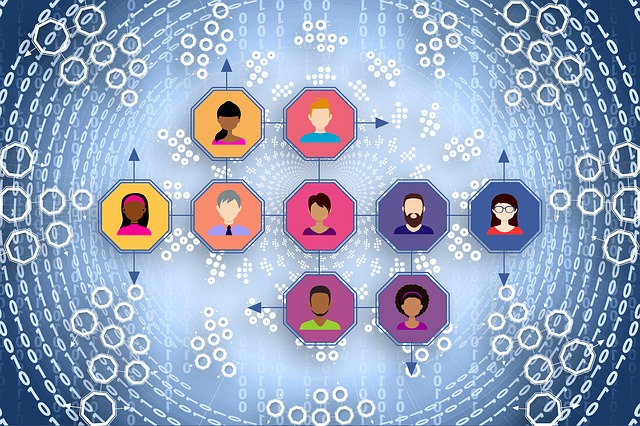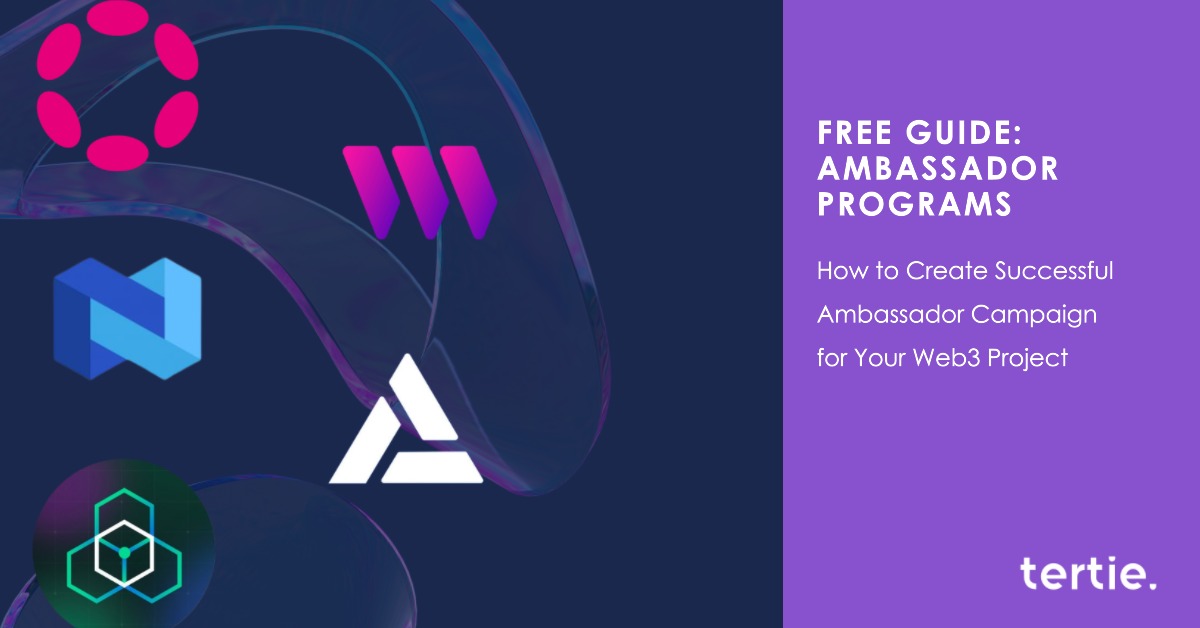The marketing landscape is changing. The rise of Web3, or the decentralized web, is changing the way businesses approach their marketing strategies, communicate with their audience, develop content and more. In this blog post, we’ll explore 10 key differences between Web2 and Web3 marketing to help you understand the opportunities and challenges in this emerging space.
1. Centralization vs. Decentralization
Web2 Marketing: Traditional digital marketing revolves around centralized platforms such as search engines, social media networks, and content-sharing websites. These platforms act as gatekeepers, controlling user data, content distribution, and monetization.
Web3 Marketing: Decentralized platforms and applications (dApps) built on blockchain technology form the backbone of Web3 marketing. Decentralization empowers users and reduces reliance on third-party intermediaries, leading to a more transparent and equitable online ecosystem. You can argue here that Web3 Marketing is still heavily reliant on Web2 platforms. Yes, that is the case, but the landscape is fast changing. Look at the emergence of the Brave Browser, DuckDuckGo, BlockScan Chat, to name a few. You definitely cannot ignore the Web2 social platforms like Twitter, Discord, Telegram in Web3 Marketing, but it helps to keep a pulse on what’s emerging
2. Tokenization and Incentives
Web2 Marketing: Traditional online marketing typically relies on paid promotions to amplify the reach if messaging.
Web3 Marketing: Web3 introduces tokenization and crypto-based incentives, enabling new business models and revenue streams. Marketers can leverage these token-based systems to reward users for engagement, content creation, and community-building activities.
3. A Community Driven Approach

Web2 Marketing: In Web2, decision-making and governance are primarily controlled by centralized platforms and businesses.
Web3 Marketing: In Web3, marketing is largely a two-way communication. It’s essential marketers have a pulse on the community, and adapt and evolve their communication based on continuous feedback. Ambassador Programs are a great way to involve the community within your marketing strategy. Another case in point is Decentralized Autonomous Organizations (DAOs), enabling collective decision-making and governance, empowering communities to have a more significant influence over marketing strategies and project development. Some (especially from within the Arbitrum community) might argue against the last statement 😉.
4. User Acquisition and Retention
Web2 Marketing: User acquisition strategies in Web2 often focus on optimizing search engine rankings, social media campaigns, and paid advertising.
Web3 Marketing: SEO cannot be ignored here too. In addition, acquiring and retaining users in the Web3 ecosystem requires a deep understanding of decentralized platforms, tokenomics, and community engagement. Strategies may include airdrops, token-based incentives, and on-chain data-driven marketing.
5. Interoperability and Cross-Platform Integration
Web2 Marketing: In the Web2 landscape, platforms and apps often operate in isolation, with limited integration and data sharing. This fragmentation can create challenges for marketers in managing and optimizing campaigns across different platforms.
Web3 Marketing: Web3 technologies enable greater interoperability and cross-platform integration. This interconnectedness allows marketers to create seamless user experiences and more effectively track user interactions across the decentralized ecosystem. By understanding and leveraging this interoperability, Web3 marketers can design more efficient and impactful campaigns.
These five points are only scratching the surface. Web3 marketing offers new opportunities and challenges for businesses and marketers as they navigate the decentralized web. By understanding these key differences, you can adapt your marketing strategies to thrive in the emerging Web3 landscape.
The Web3 landscape offers marketers more freedom to design and implement innovative strategies that prioritize user-centric approaches, data privacy, and community-building. This increased flexibility allows marketers to adapt to the evolving digital landscape and create more meaningful connections with their target audience.
Want to know more? Get in touch with us for a free 30-minute consultation on what best strategies you can adopt for your Web3 project.



